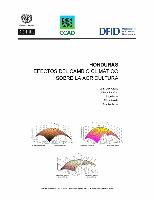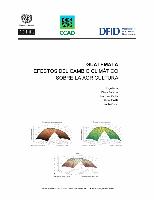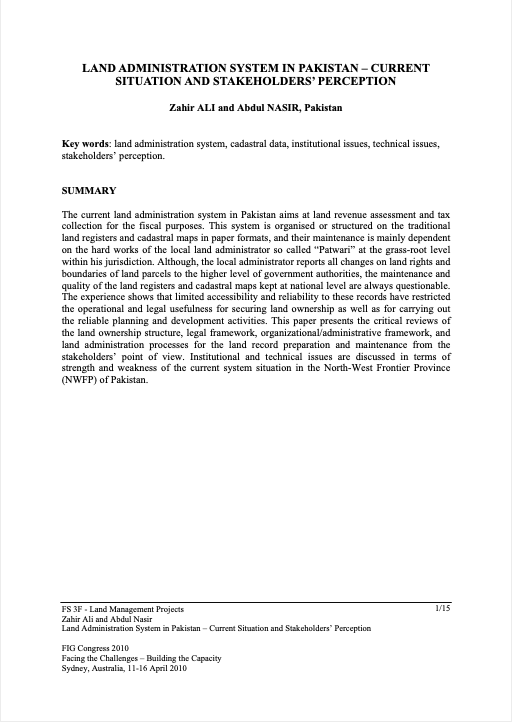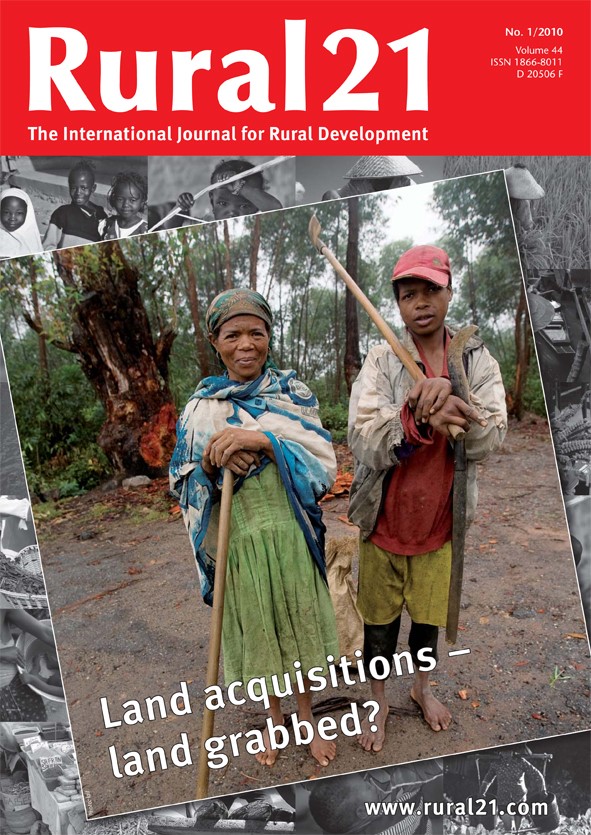Honduras: efectos del cambio climático sobre la agricultura
En el presente estudio se analizan algunos de los efectos potenciales del cambio climático sobre el sector agropecuario hondureño. En particular se evalúan las variaciones en la producción y sus efectos económicos en los próximos años y hasta 2100. Además de presentar resultados para el sector en su conjunto, se examinan ciertos subsectores incluyendo algunos de los cultivos más importantes del país. También se evalúan los efectos sobre los ingresos de los agricultores hondureños.





